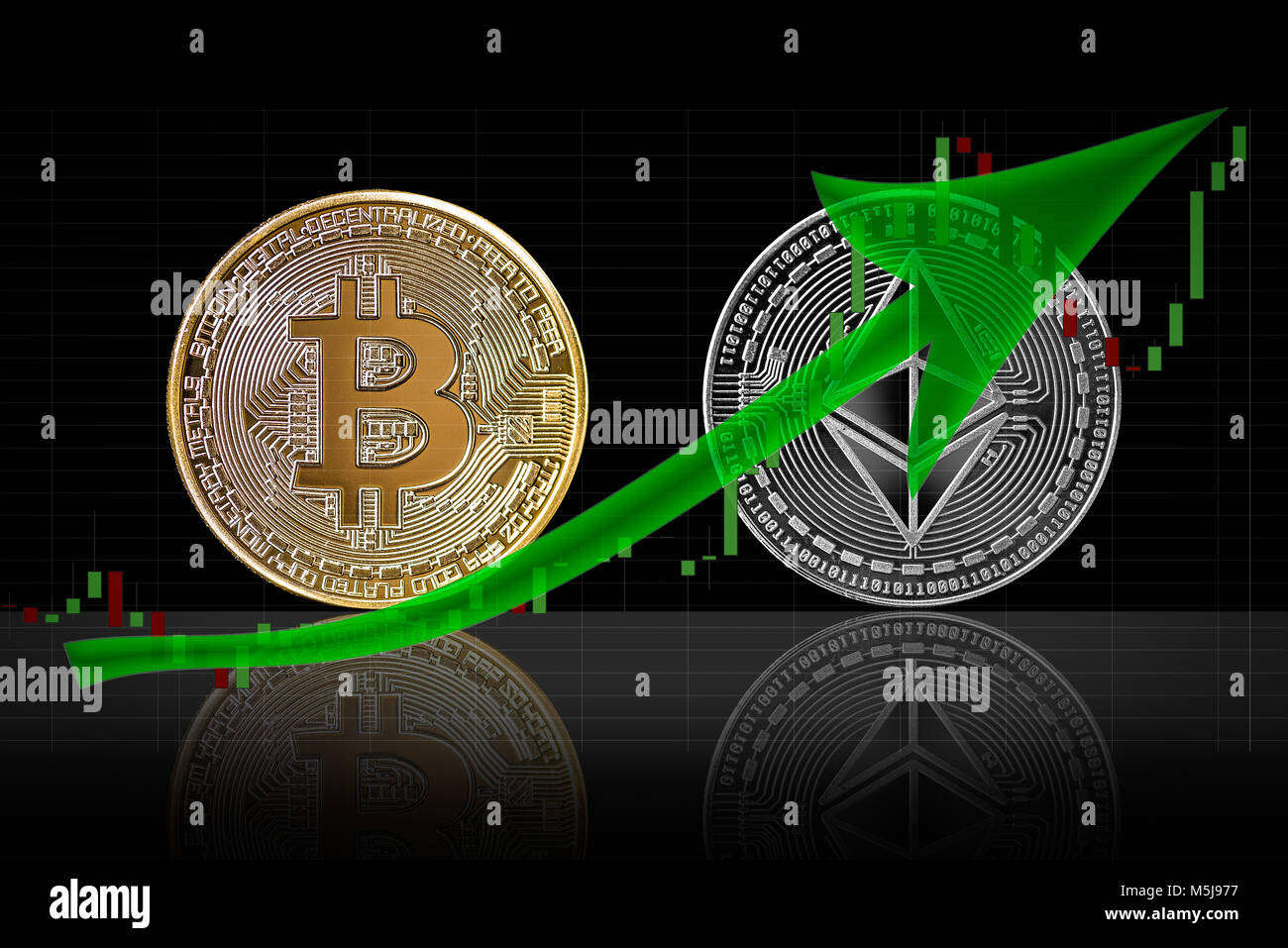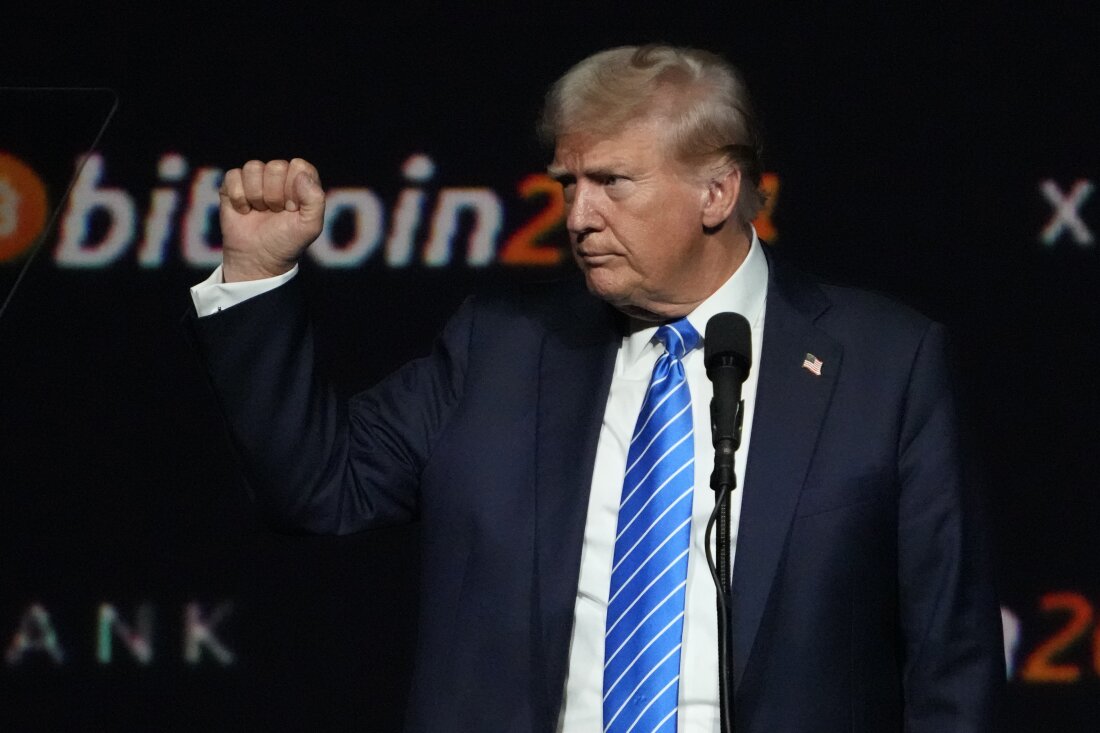
Bitcoin’s Future: A Strategic Reserve Worth Trillions
As the conversation around cryptocurrency accelerates, recent predictions regarding Bitcoin’s potential role in the U.S. economy have surfaced, suggesting it could play a staggering role in offsetting national debt. A recent analysis by investment manager VanEck proposes that the Bitcoin Reserve, tied to Senator Cynthia Lummis’s BITCOIN Act, might hold up to 35% of the U.S. national debt by 2050—a value approaching $42 trillion.
A Deep Dive into Projections
VanEck’s analysis paints an optimistic future for Bitcoin. Starting from an estimated national debt of $37 trillion in 2025, compounded at 5% annually, the presentation forecasts Bitcoin escalating at 25% per annum from a base value of $200,000. By 2049, this could see Bitcoin reaching a jaw-dropping $42.3 million. Such assumptions trigger conversations about the feasibility and stability of these projections.
“Bitcoin has historically outperformed with a 50% CAGR over the last decade. Thus, a 25% expectation may be more conservative than pessimistic,” posited Matthew Sigel, head of research at VanEck.
The Political Landscape and Its Implications
Irrespective of its financial projections, the backdrop of a new administration adds another layer of complexity to the cryptocurrency narrative. With Donald Trump at the helm once again, many analysts predict a resurgence in pro-crypto policies that could bolster not only Bitcoin but the entire digital assets sector. Catalysts are abound as the crypto space navigates the shifting political tide, with many anticipating an increased institutional investment leading Bitcoin’s price to potentially breach $200,000 by the end of 2025.
The evolving landscape of Bitcoin investment.
An Evolving Market and Moving Sentiment
The global crypto market capitalization, currently estimated at $3.63 trillion, stands poised for expansion, notably with institutional players looking to enter the market. This influx of capital could further drive up prices, serving as a springboard for the broader acceptance and integration of cryptocurrency into mainstream financial structures.
Nevertheless, while bullish sentiments prevail, certain challenges remain. Factors such as interoperability among various blockchain networks and the demand for regulatory clarity loom large, which might hinder smooth progression.
The Expanding Role of Stablecoins
As traditional cryptocurrencies exhibit volatility, stablecoins are gaining traction for their practical applications in everyday transactions. Their market cap recently soared past $190 billion, showcasing a shift in consumer preference toward digital assets that offer stability amidst increasing economic uncertainty. The Monetary Authority of Singapore’s endorsement for stablecoin issuers marks a new chapter for these assets, promising a vibrant ecosystem that could sprout innovation in payment solutions and decentralized finance (DeFi).
 The rise of DeFi in today’s financial landscape.
The rise of DeFi in today’s financial landscape.
DeFi and Future Trends
Beyond market capitalization and institutional investments, the resurgence of interest in decentralized finance (DeFi) signals a new wave of innovation, one that could establish a more resilient financial system where users exert control and maximize value derived from their assets. Moreover, rising interest in crypto exchange-traded funds (ETFs) offers investors a pathway into cryptocurrencies without the need for direct ownership, potentially opening the floodgates to a whole new demographic of investors.
Challenges to Tackling
Despite the overwhelmingly positive landscape, challenges such as interoperability and regulatory clarity remain significant barriers to seamless integration into day-to-day financial dealings. The competitive edge of cryptocurrencies lies heavily in their ability to communicate across networks. If these hurdles can be addressed, we might witness an unprecedented boom in digital assets.
In conclusion, while the next few years might pose a rollercoaster ride for Bitcoin and its counterparts, the provided forecasts and developments highlight an optimistic outlook for the cryptocurrency sector as a whole. As more investors and institutions venture forth into the digital frontier, the prospect of Bitcoin undergirding national debt appears less of a fantasy and more a looming reality.
 The transformative potential of blockchain technologies.
The transformative potential of blockchain technologies.
Summary of Market Dynamics
To summarize, the interplay of political changes, market projections, and technological innovations underscores a pivotal moment for cryptocurrencies. The potential introduction of provisions such as a strategic Bitcoin Reserve could herald a new era, one where digital assets not only coexist with traditional finance but become integral to its architecture. Let’s watch closely as the tides of change unfurl.















